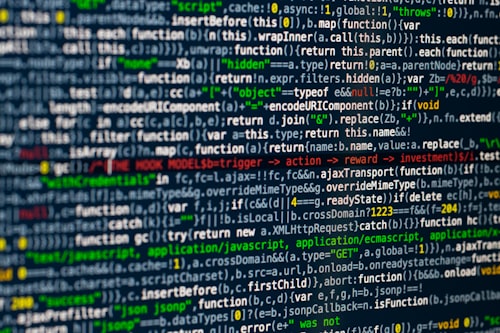Welcome to our comprehensive guide on email check in JavaScript. As an expert in JavaScript development, I will provide you with in-depth insights into validating and verifying email addresses using JavaScript. Email validation is crucial for ensuring the accuracy and integrity of user-submitted email data in web applications. In this article, we will explore various methods and techniques to perform email checks in JavaScript, along with best practices and common pitfalls to avoid.
Why is Email Check Important?
Validating email addresses is essential for several reasons:
1. Data Integrity: Email check helps maintain the integrity of user data by ensuring that only valid email addresses are accepted.
2. User Experience: By validating email addresses, you can provide immediate feedback to users and prevent errors during the registration or contact form submission process.
3. Email Deliverability: Validating email addresses reduces the likelihood of sending emails to invalid or non-existent addresses, improving email deliverability and reducing the chances of being marked as spam.
Methods for Email Check in JavaScript
There are multiple ways to perform email check in JavaScript. Let's explore some commonly used methods:
1. Regular Expression (RegEx)
Regular expressions are powerful patterns that allow you to match and validate email addresses based on predefined patterns. Here's an example of a simple RegEx pattern to validate email addresses:const email = '[email protected]';const pattern = /^[a-zA-Z0-9._-]+@[a-zA-Z0-9.-]+\.[a-zA-Z]{2,}$/;if (pattern.test(email)) { console.log('Valid email address');} else { console.log('Invalid email address');}Regular expressions provide flexibility in email validation, but they can be complex to construct and may not cover all edge cases.
2. Using Libraries
There are JavaScript libraries available that provide email check functionality, such as Mailcheck. These libraries utilize algorithms to suggest corrections for misspelled email addresses and can be a valuable addition to your validation process.
Best Practices for Email Check
Consider the following best practices when implementing email check in JavaScript:
1. Use Built-in Validation: JavaScript provides built-in methods like test and match for regular expressions to validate email addresses. Utilize these methods for efficient validation.
2. Validate on Both Sides: While client-side validation is helpful for immediate feedback, always perform server-side validation as well to ensure data integrity and security.
3. Consider Using Libraries: JavaScript libraries like Mailcheck can enhance your email check functionality by suggesting corrections for misspelled email addresses.
4. Update Validation Regularly: Regularly update your email validation patterns to adapt to evolving standards and address new email formats.
Frequently Asked Questions
1. Why is email validation important?
Email validation is important to ensure the accuracy of user-submitted email addresses, enhance user experience, and improve email deliverability.
2. Can I rely solely on client-side email validation?
No, client-side validation can be bypassed, so it's crucial to perform server-side validation as well for data integrity and security.
3. Are regular expressions the best method for email validation?
Regular expressions provide a flexible and powerful way to validate email addresses, but they may not cover all edge cases. Using libraries like Mailcheck can complement regular expressions by suggesting corrections for misspelled email addresses.
4. How often should I update my email validation patterns?
It's recommended to update your email validation patterns regularly to adapt to evolving standards, address new email formats, and improve the accuracy of your validation process.
Conclusion
Email check in JavaScript is a crucial aspect of web application development. By implementing proper email validation techniques, you can ensure data integrity, enhance user experience, and improve email deliverability. In this comprehensive guide, we explored different methods for email check, including regular expressions and using libraries like Mailcheck. We also discussed best practices to follow and answered common questions related to email validation in JavaScript. Remember to choose the method that suits your requirements and implement robust email check functionality in your JavaScript applications.



